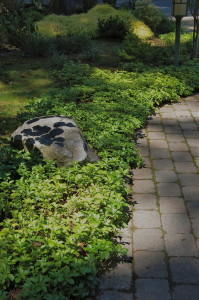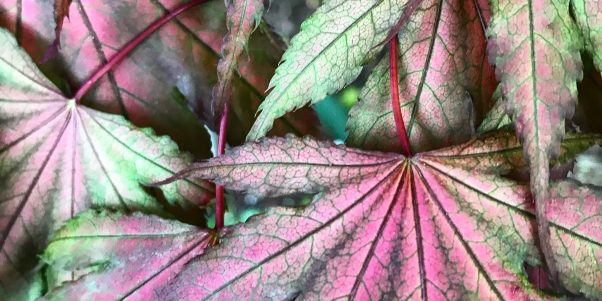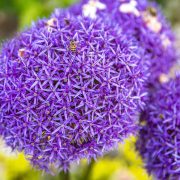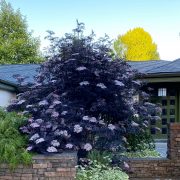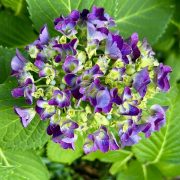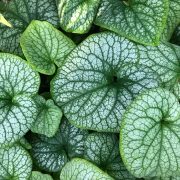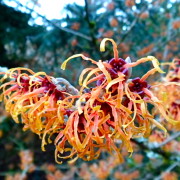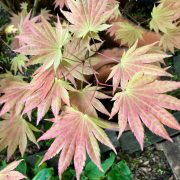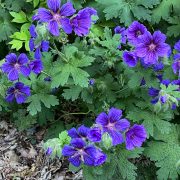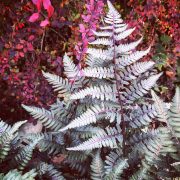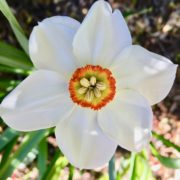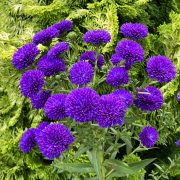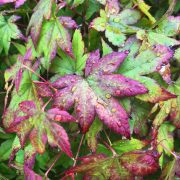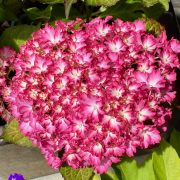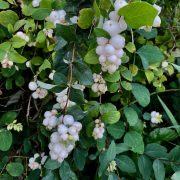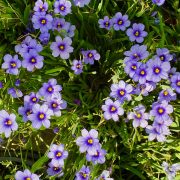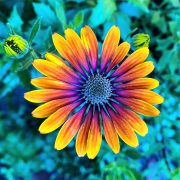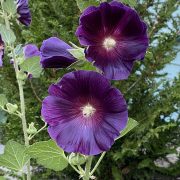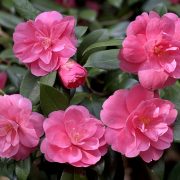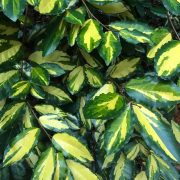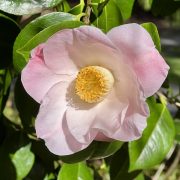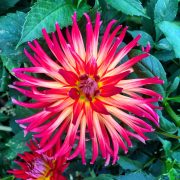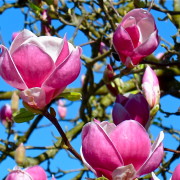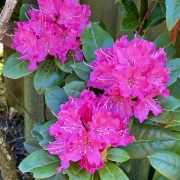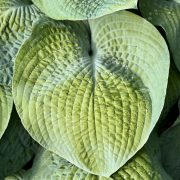
Looking for a crisp, clean alternative to traditional holiday decor? Consider white, symbolizing peace, harmony and clarity. It’s hard to go wrong with white for the winter season, inside or out (unless you use cotton-candy-like fake snow, but we won’t go there).
How does this relate to landscape design? In garden design, white is also a distinctive choice. White is popular for themed gardens and for what are called moonlight gardens (with lighting, and silver and grey foliage). Moonlight gardens radiate from dusk until late, and are particularly striking on starry summer nights when skies are clear. Viewing from a deck or patio is a moving experience.
If you are looking for variety in your garden, try using white annuals and other plants with white flowers for a year or two. White is also a good rotational color for seasonal annuals and potted gardens. Consider the subtle peaceful garden that relies on shades and textures of green with small white flowers and white variegation for a clean and simple look.
A garden experiment
Several years ago, when I moved into a new house, I demolished the existing backyard garden. In its place I envisioned a serenity garden that also provided privacy from neighbors. I zealously designed a landscape featuring white annuals, white rhododendrons, white hydrangeas and, of course, white spring-blooming bulbs. But my dedication didn’t last. After the second season, I lost interest, realizing I could not be limited by an all-white palette. I missed color, so my white garden involved into a warm jeweled-tone palette vaguely reminiscent of a Mediterranean-style landscape, using plants that thrive in the Pacific Northwest’s micro-climates. But I enjoyed the experiment and I still drool over a friend’s ever-changing, white-themed small city garden — especially the well-established sheets of white floribunda climbing roses and clematis draped over classical trellises and arbors.
If you are not ready for an all-white garden, consider the impact that white flowers can add to your landscaping, whether you love color or embrace a more reserved palette. For instance, the pure white flowers of the compact and reliable hybrid ‘Gumpo White’ Azalea and demure perennials like white astilbe and helleborus lend themselves to accent hues like blue, violet, soft yellow and light purple. Not sure where to start? Consider working with a designer. An experienced landscape designer is well trained in color theory and knows how colors relate. They can talk with you about the impact of color and give you some options to consider.
Call us for a consultation to discuss design options for garden enhancements, landscape renovations and sustainable gardens.
SaveSave
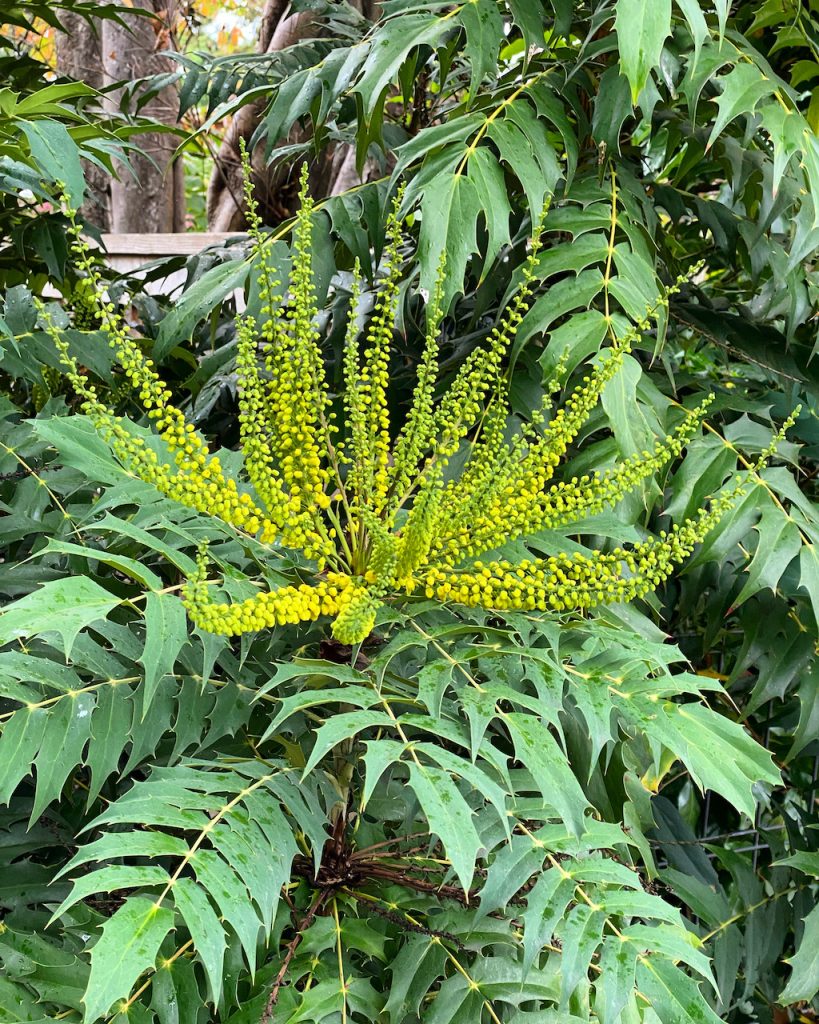
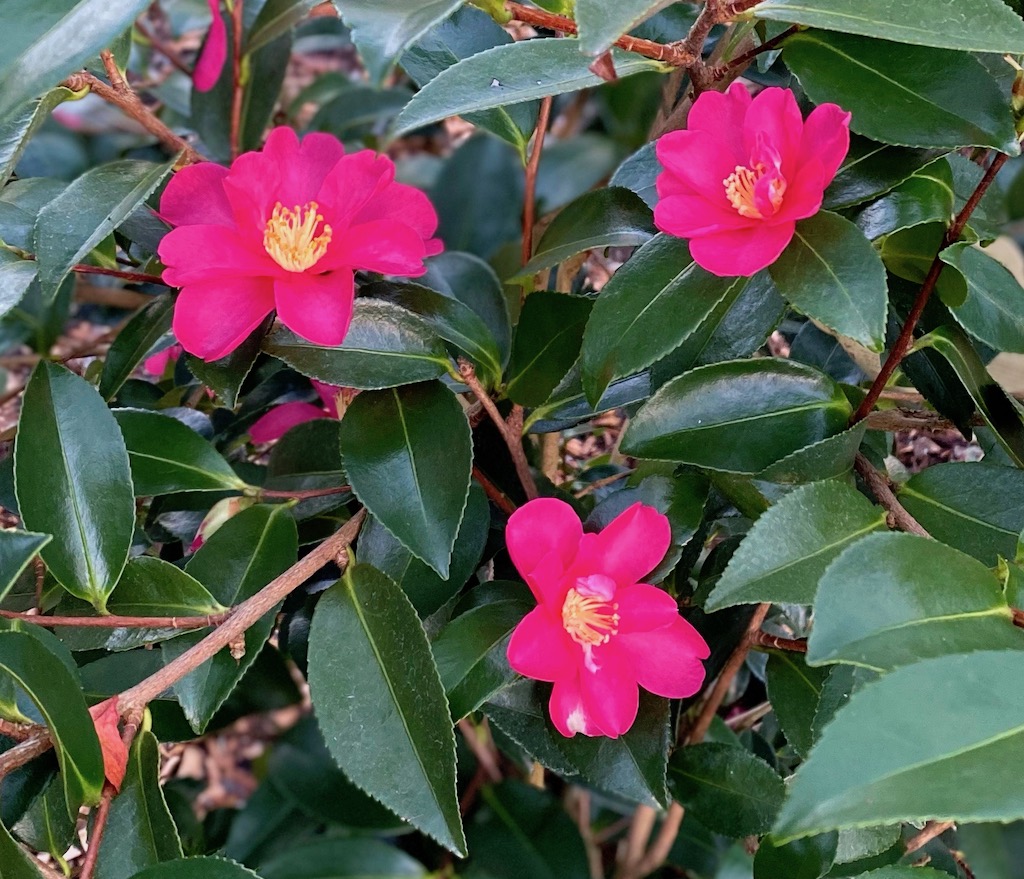
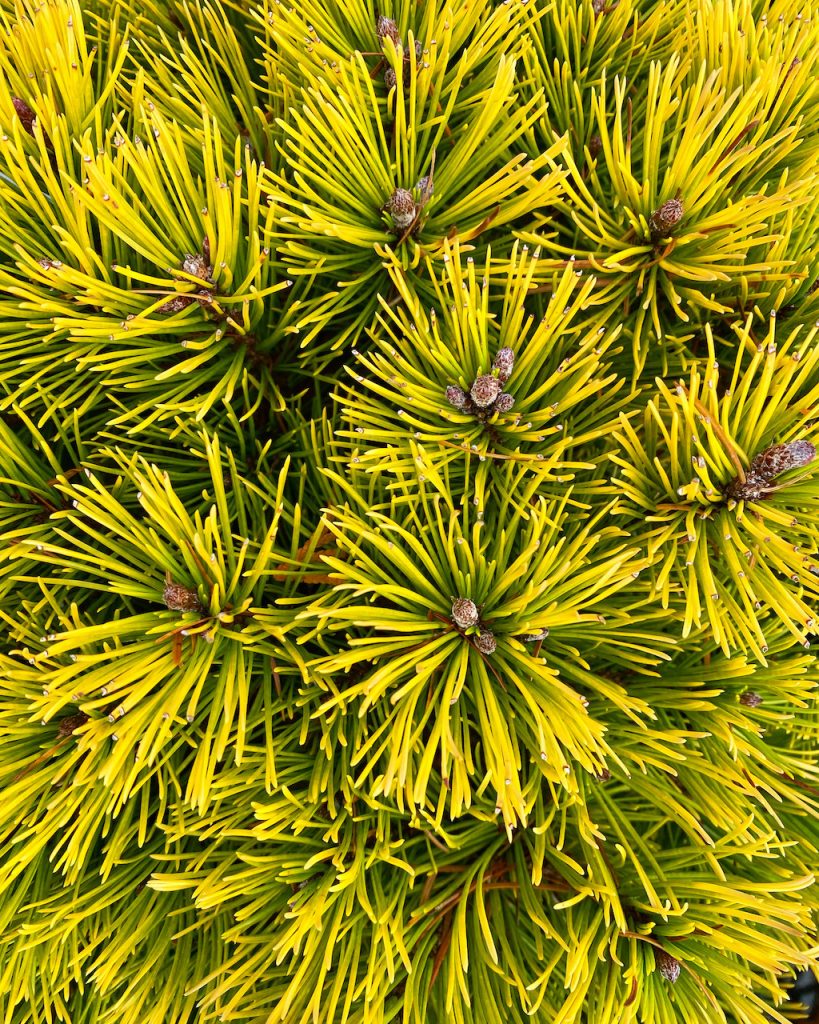

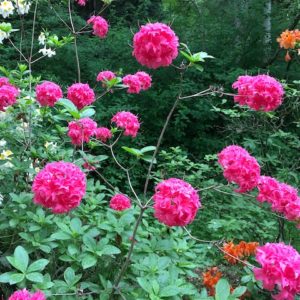 on twiggy stems that jut out at an angle from main branches. When not in bloom, the ‘Homebush ‘is understated — perfect when situated behind lower growing Rhododendrons or evergreen plants with
on twiggy stems that jut out at an angle from main branches. When not in bloom, the ‘Homebush ‘is understated — perfect when situated behind lower growing Rhododendrons or evergreen plants with